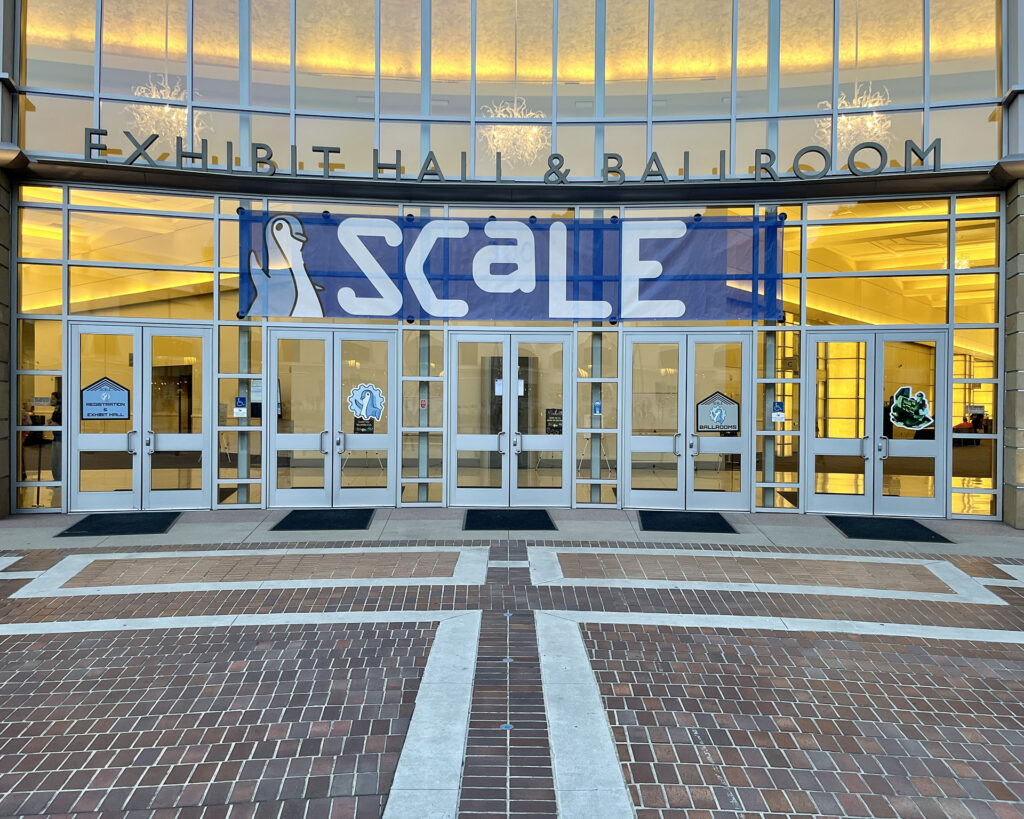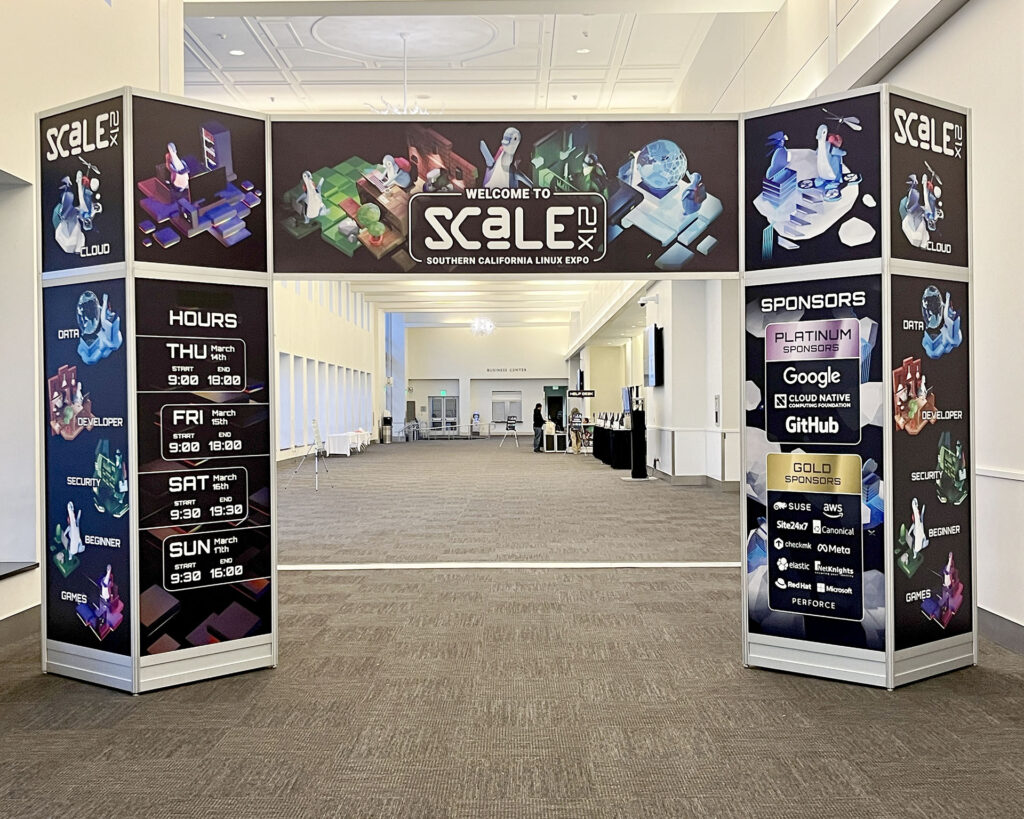SCaLE 21x wrap up: Anti-patterns in tech cost management
Series Index
Introduction
Anti-Pattern 1: Not considering scale
Anti-Pattern 2: Bad cloud strategy
Anti-Pattern 3: Inability to assign/attribute costs
Anti-Pattern 4: No metrics or bad metrics
Anti-Pattern 5: Not designing it in
Anti-Pattern 6: Cost management as a standalone
Anti-Pattern 7/8: No ongoing reviews (current and potential)
Anti-Pattern 9: Across the board cuts
Anti-Pattern 10: “A tool will solve the problem!”
Anti-Pattern Bonus: Don’t do rewards programs!
A few thoughts: Three things you can do right now, for yourself and your team
Wrap up
The talk at SCaLE went well, or at least as well as I expected. I hate public speaking, but it’s something that stretches me and I make the effort to do it from time to time. SCaLE has always been a great place for that and I’d encourage anybody interested in trying, to submit something next year.
I took a week off after returning from the conference and have finally caught up with reviewing the video and thinking through what worked and what didn’t. Most of my thoughts are about how the presentation went, not about the content. I’ve already hashed through the content in great detail in this series of expanded speaker notes.
Too much content

In retrospect, I should have limited myself to 6 or 8 major talking points. There are a couple I could have consolidated, and some that didn’t need to be there. I should not have left in the “three things to do now” that I retained from a previous revision, as they felt disconnected when I presented this time, especially as I was pressed for time and had to rush through them.
A really odd set of questions
I was prepared for a lot of questions about my content. I’m not great at answering questions I haven’t given some thought to in advance, so for most important meetings I’m careful about thinking through what I expect people to ask. This time, I got a lot of questions that came from really odd (to me) angles, which if nothing else is useful information for preparation if I ever give a similar talk again. For example, I was asked whether I favored “chargeback” vs. “showback” accounting for internal costs. (Honest answer: your CFO probably decided this based on factors that had nothing to do with tech costs, and you should be able to handle both, neither is inherently better or worse, as the decision is situational.”)
The real conclusion though is one that I had reached after giving this before online, and that is that the space is immature enough that it’s hard to give generalized advice, as “what do I do next?” is going to be very context sensitive. Beyond that, the obvious question of “what tool should i use?” keeps coming up and is rarely helpful outside the context of “what is my major pain point, and how can I best address it?” or sometimes “how do I even understand what’s driving my pain?” Without this context, tool selection is going to be impossible.
And there was a long discussion that I didn’t work hard enough to get away from, about “managing on-prem costs” where after a long discussion I realized that by “on prem” the person meant “the stack of servers I’m running in my parents’ basement for a personal project” and by “costs” he meant “my dad is getting annoyed at the electric bill.” I should have cut that one off much more quickly.
This is why I’ve excluded the Q&A from the video attached. It’s already long and I’ll be reviewing for the interesting questions that I could not answer in the moment, then writing up my thoughts in another post here.
Logistics!
I was the last talk of the day and the room monitor seems to have disappeared before I got on stage. Fortunately, I’m a long-time SCaLE volunteer and could figure out the logistics myself, and Justin Garrison, my former AWS colleague and host of the ShipIt podcast stepped in to help with Q&A and to take the only photo of me on stage. Seriously thanks for stepping in to make it work! Sorry we never got to do a Q&A for the podcast.
My biggest problem was logistical. I had some pretty good notes, including much of the material I’ve highlighted in this series of posts. I would have loved to refer to them more specifically during the talk. But I found that my practice at home, in front of a large TV with my slides and notes did not reflect the on-podium experience.
My eyes are, sadly, not quite what they once were. Working in front of a computer or reading requires different glasses than everything else. I could see the crowd. I could see the big screen if I turned to look at it. But reading the notes in small text on my laptop screen didn’t work well for me at that distance. As a result my presentation always felt “off.” Like I was trying to remember something, or looking over at the main projection screen because that’s what I could see easily.
So, next time, I need a set of progressive lenses and/or to better memorize everything. That should solve 80% of the problems in my presenting.
Overall
It was a great SCaLE. I made new connections, renewed some old ones, and enjoyed a few days in the sun. Running the observability track (which I did in addition to my own presenting) was a new experience and a useful one. Setup/teardown and all the rest were the usual fun.
I’ll be back next year.
